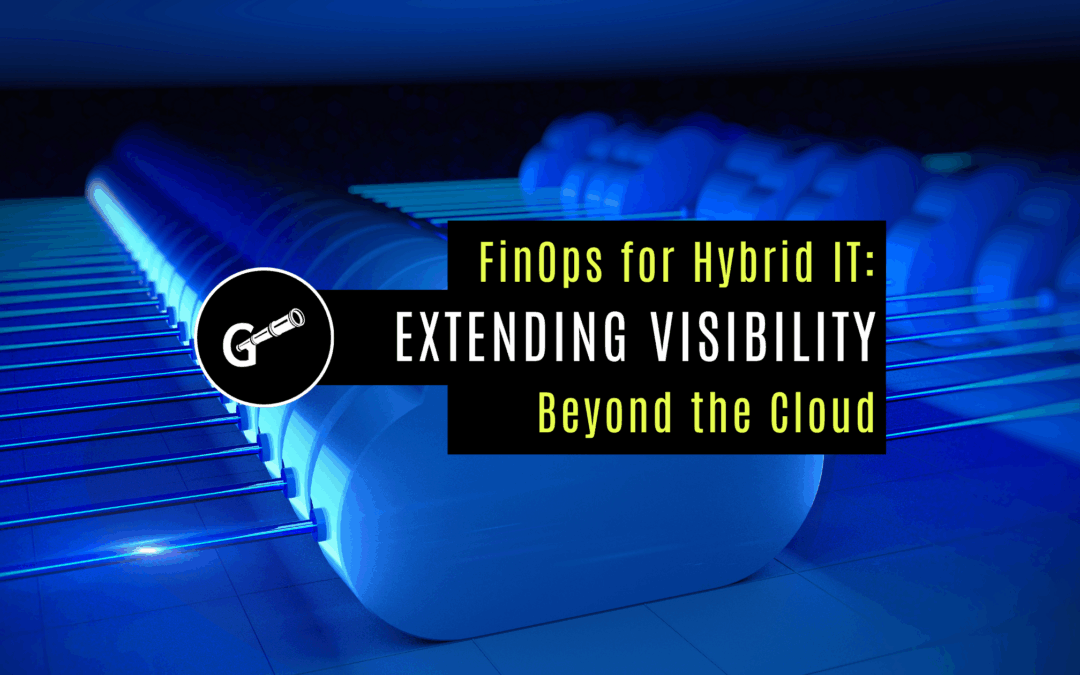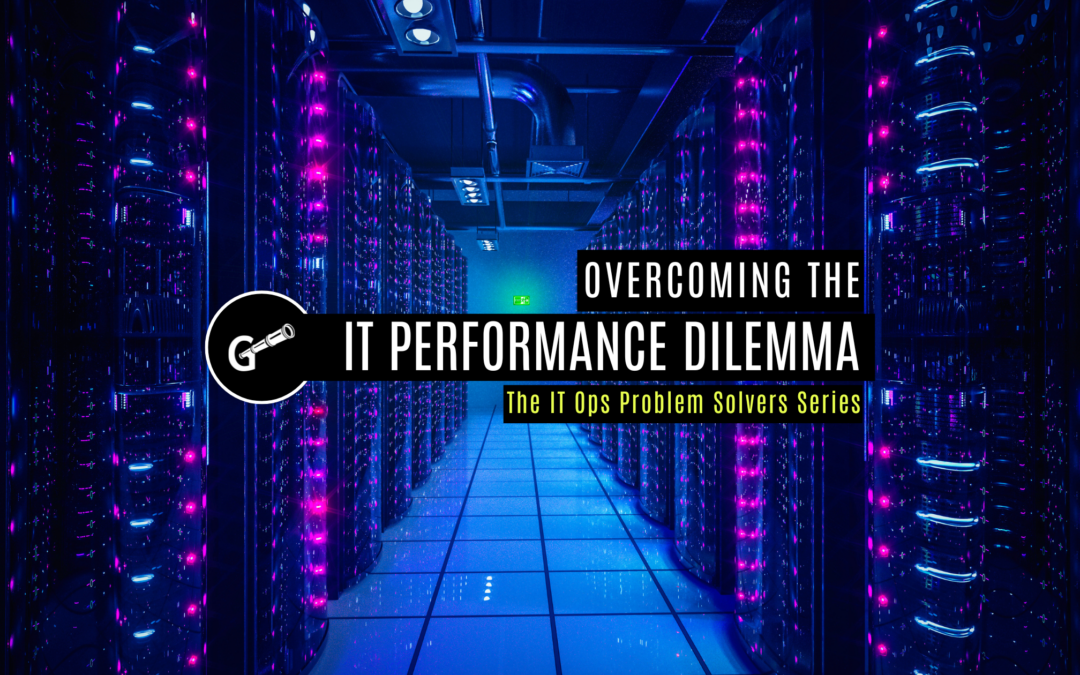Evaluating Infrastructure Monitoring Platforms: 7 Critical Considerations
By Charles Araujo
I remember how excited I was to build my first Network Operations Center (NOC).
It was a new idea at the time (yes, I know I’m dating myself), and boy, did we feel like we were cutting edge. The mere idea that we needed a place and a set of tools to monitor our entire infrastructure (because it’s never really been about just the network) was a big transition at the time.
How things have changed.
Compared to the situation today, what I did was the equivalent of putting my 5-year-old brother “on watch” for when our parents got home (don’t ask what we were doing!) — all he had to do was sit there and yell if they showed up.
Today’s situation for enterprise IT operations leaders is much more complex — regarding the tech stack to be monitored and managed and the stakes involved.
The technology infrastructure now powers virtually every aspect of how an organization operates. But the “how” of it is a jumbled mess. The days of monolithic (and therefore easier to manage) systems are long gone, and tracing workloads as they snake through a spaghetti bowl of connections, transactions, and relationships is not for the faint of heart.
But because everything relies on the ability to manage each of these connections, relationships, transactions, and workloads discretely, it’s up to you to figure out a way to manage it all. Walk the floor of any IT ops conference (virtual or otherwise), and you’ll know that sorting out which tools can best help you with your particular situation is almost as hard as managing your infrastructure in the first place.
That’s why this buyer’s guide exists. As independent technology analysts, we are continually assessing the market. As we’ve looked at the infrastructure monitoring space, we’ve identified seven critical considerations that will help you make sense of your infrastructure monitoring choices and select the best tool or tools.
The 7 Critical Selection Considerations for Infrastructure Monitoring Platforms
Let’s get one thing out of the way up front: no single tool will magically solve all your problems or be suitable for every organization. Every situation is different, and every team’s needs are unique (at least somewhat).
Therefore, the key is to know what to look for to figure out what’s best for you.
Inside the Buyer’s Guide:
- A Unified, Relational View
- Perspective Scalability
- The Hybrid IT Question
- Open Integration
- Data, Insights, and Reactive vs. Proactive
- Discovery Automation
- Customization & Manageability
While no one can tell you which tool is best (especially vendors!), this eBook can help you figure it out for yourself.
Ready?
? Download the Full Buyer’s Guide

About the Author

Charles Araujo is a technology analyst and internationally recognized authority on the Digital Enterprise, the Digital Experience, and the Future of Work. Researching Digital Transformation for over 10 years, he is now focused on helping leaders transform their organizations around the digital experience and to reimagine the future of work. Publisher and principal analyst of The Digital Experience Report, founder of The Institute for Digital Transformation, co-founder of The MAPS Institute, and author of three books, he is a sought-after keynote speaker and advisor to technology companies and enterprise leaders.

Intellyx is the first and only industry analysis, advisory, and training firm focused on customer-driven, technology-empowered digital transformation for the enterprise. Covering every angle of enterprise IT from mainframes to artificial intelligence, our broad focus across technologies allows business executives and IT professionals to connect the dots on disruptive trends. Read and learn more at https://intellyx.com or follow them on Twitter at https://twitter.com/intellyx.
© Intellyx LLC. The ATS Group & Galileo Suite is an Intellyx customer. Intellyx retains final editorial control of this article.




